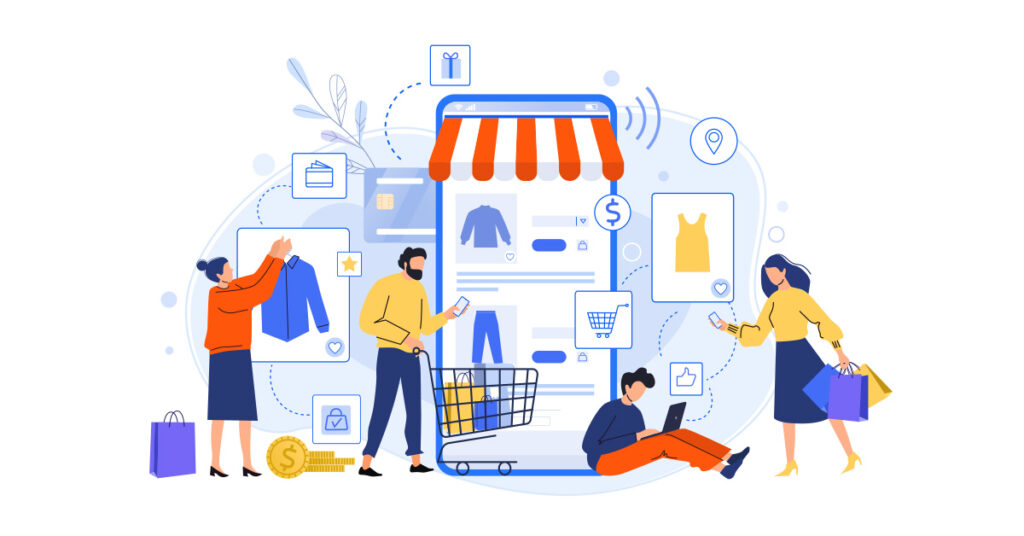The COVID-19 pandemic made a tectonic shift in our everyday lives. From the way we work to how and where we shop, the pandemic and the resulting lockdown is probably the biggest transformational event of the 21st century.
As the government imposed stringent lockdown across the country to limit the spread of the virus, the digital world became the go-to destination. From shopping, working, communicating, accessing the latest news to entertainment, the internet is where most people spent a major portion of their day. This has had a significant impact on consumer behaviour.
Take a look at how the pandemic has increased the pace and demand for digital adoption-
The Rise of E-Commerce
While the lockdown was first imposed in the country on March 23rd, 2020, e-commerce companies were allowed to operate from April. Not only the popular platforms like Amazon and Flipkart but even small-scale regional online stores witnessed record growth during this period as people rushed to purchase everything, ranging from branded goods to essential commodities.
The online fashion sector suffered the most when the lockdown was imposed in the country. But as more and more people started shopping online, a dramatic recovery was witnessed in the sector.
According to a report by Unicommerce available on BusinessToday, within the first 7-days of lockdown 3.0, which started in May 2020, online fashion portals recovered almost 30% of their pre-lockdown order volumes.
Entertainment in the Pandemic Era
With nothing much to do to get through their day, people turned to the internet for entertainment. OTT platforms witnessed a record number of new users, especially from smaller cities and towns of the country. Increasing smartphone penetration and the availability of cheap mobile data also contributed to the rising popularity of digital content.
According to a Boston Consulting Group report, available on LiveMint, OTT platforms such as Netflix and Amazon Prime witnessed up to 60% growth in paid user registration during the pandemic in India. More than 50% of these paid users are expected to continue using the platforms in 2021.
Similarly, video-sharing platforms like YouTube not only witnessed an increased number of new users but also found that existing users spent more time watching videos during the pandemic. This also led to businesses using such platforms for advertising.
Has Digitisation Become a Must for Businesses – Big and Small?
The COVID-19 pandemic has only acted as a catalyst for the impending change in buying behaviour. The digital world was already growing by leaps and bounds in India even before 2020. But the pandemic has further fueled its growth, making it an essential component of the consumers’ day-to-day life.
By not having a digital presence, businesses are risking the very existence of their business as the internet penetration is only expected to grow in the country.
Not just big businesses but small and traditional businesses too need to start focussing on a digital presence as well. While small businesses relied on their physical presence to increase footfalls and sales earlier, a shift in the way consumers interact and buy from the brand will force businesses to focus on a digital-first strategy.
Moreover, while marketplaces like Amazon, Flipkart, Swiggy, were enough to create an online presence earlier, brands that can better control the experience of their customers by bringing footfalls to their own online store and save on the margins will become market leaders in their segment.
What Can Businesses Do?
- Build an agile digital-first strategy
- Control the experience better by establishing their own e-commerce or online store
- Use their physical presence to fulfil orders created online innovatively.
- Enhance their local presence online by using tools such as Google My Business.
- Build a strong social media presence and connect with their audience on a more personal level.
Most importantly, businesses would need to find a digital partner that can help them make the shift from a physical-first to a digital-first brand.




